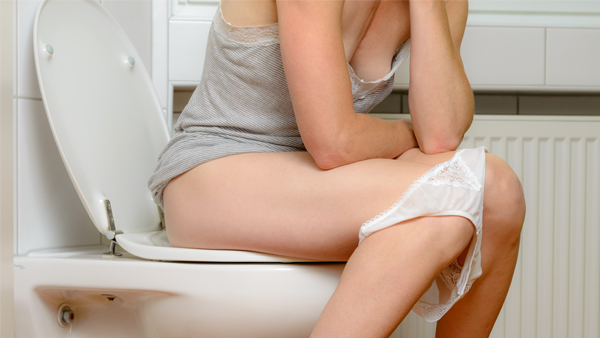Urination after delivery
The pelvic floor is exposed to a great deal of strain during pregnancy and childbirth. After giving birth, some urinary tract problems are common.
Read time: 2 m
Verified by Ingela Ågren
Certified Midwife
Burning during urination: It can burn while you urinate after delivery due to small, superficial stretch marks in the lining of the pelvic floor. The burning usually passes after a few days. Be sure to drink a lot of fluids so that the urine is more diluted. It also helps to urinate in the shower so you can rinse with water at the same time.
Large amounts of urine: After giving birth it is common for a body to produce more urine for a few days. Urination is important because it helps the uterus contract.
Difficulties emptying the bladder: It can sometimes be hard to fully empty the bladder. The risk of this increases due to, among other things, if the birth has been delayed, you have had epidural anaesthesia, had a large rupture or if you have given birth with the help of a suction cup. After delivery, ensure that you can urinate. With urination difficulties, your midwife may need to empty your bladder with a catheter. If it continues to be difficult to empty your bladder, or if you have large amounts of urine left in your bladder after delivery, you may need to have a urine catheter for a few days. This keeps the bladder empty, allowing it to recover. You can go home with the catheter and will book a time for a follow-up.
Urinary tract infection: A urinary tract infection is common after delivery. If you have had a catheter while birthing with a caesarean section or after you have given birth vaginally, this risk increases. Common symptoms include burning when urinating, frequent urination, foul-smelling urine, and lower abdominal pain or fever. If you suspect you have a urinary tract infection, seek treatment.
Urine leakage: Due to the strain the pelvic floor bears during pregnancy and delivery, it is common to have some urinary leakage for a short time. The pelvic floor has been under strain and needs time to recover. It is important to exercise your pelvic floor after delivery. Once your pelvic floor has recovered its strength, difficulties with urine leakage can pass. Ask your midwife about difficulties with urinary leakage during following checkups, and they can offer an examination of your pelvic floor functionality.
Verified by Ingela Ågren
Certified Midwife
More from Preggers
Hundreds of related articles, podcasts & more waiting for you in the Preggers app.
Download Preggers today.

